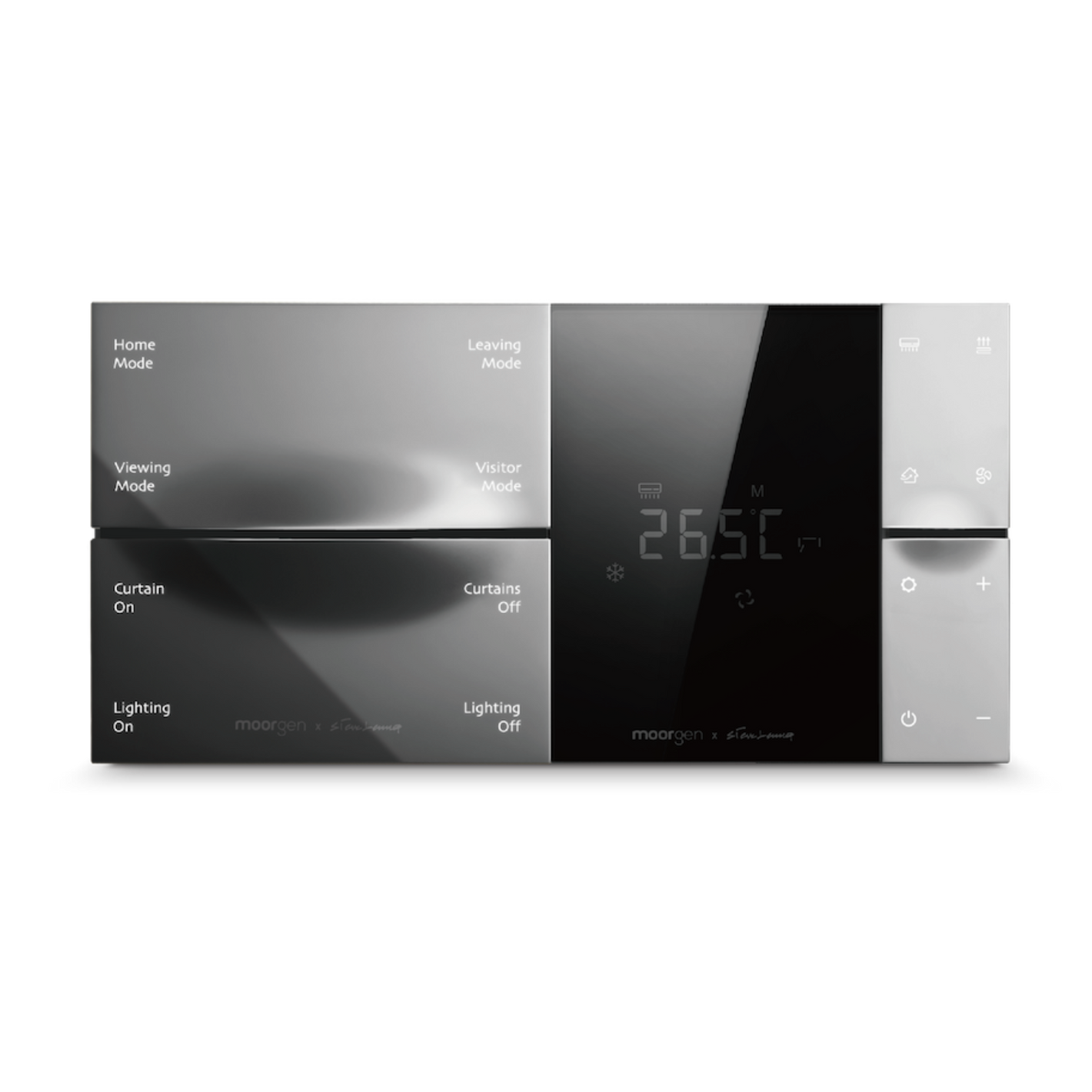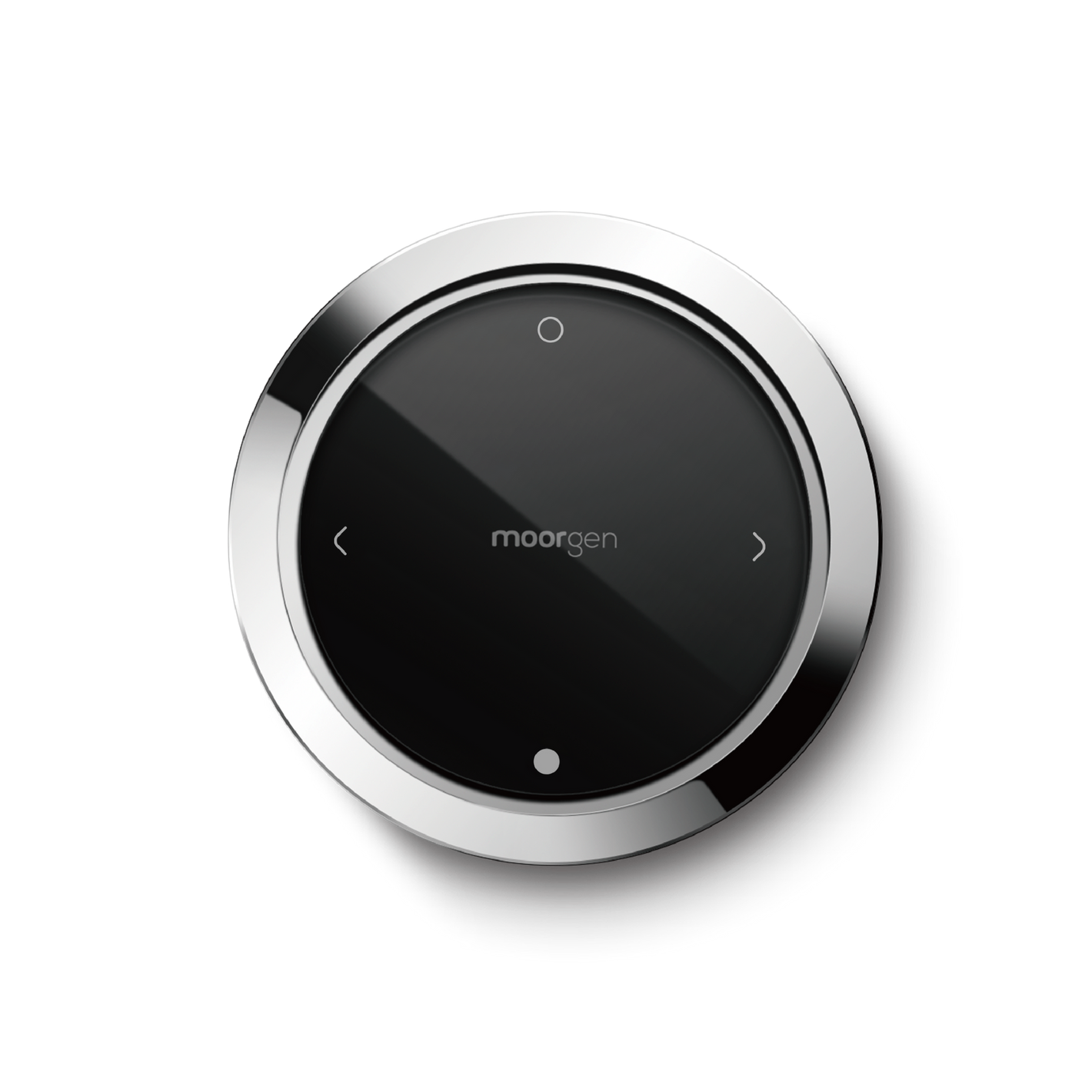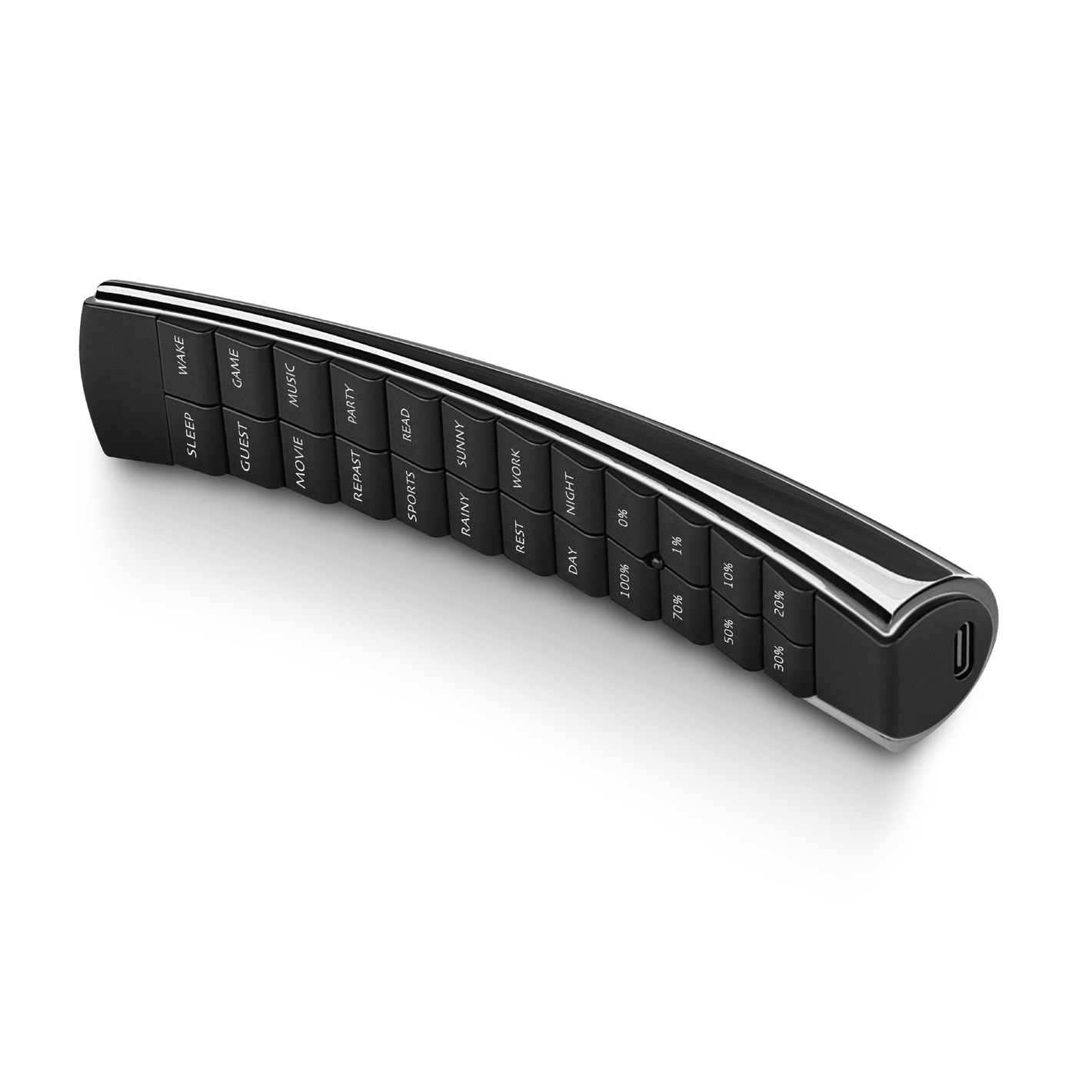What are the standards of smart home products? What are the functions of Gateway and Bridge in smart homes?
For those who are new to smart homes, one of the most common questions is: Why do some smart home products require an additional bridge or gateway to use, while others do not? And what exactly is Zigbee? What is the difference between Zigbee and Wi-Fi networks or Bluetooth (BLE)? This Moorgenzine article will answer them one by one.
The essence of this article:
- Communication standards of smart home products - Zigbee, Zwave, Wi-Fi and Bluetooth (BLE)
- What is a Gateway? What is the difference with a Bridge?
- What are the uses of Gateway / Bridge?
- Which smart home communication standard is better?
- What to pay attention to when buying smart home products with different communication standards?
Communication standards of smart home products - Zigbee, Zwave, Wi-Fi and Bluetooth (BLE)
Smart homes are "smart" because they have built-in chips that can automatically control smart home devices according to different situations. But another reason that makes all smart home appliances and devices "smartly cooperate" is that smart home devices have network functions. Through the network, in addition to allowing users to remotely control smart home devices, it can also make them work together. For example, every afternoon before you go home, the smart air conditioner in the house will automatically turn on and the smart curtains will automatically open. So smart home appliances and devices are actually communicating! Communication requires language, and smart home devices have their own language standards.
The communication language standards of smart home devices are mainly divided into 4 types - Zigbee, Zwave, Wi-Fi wireless network and Bluetooth (BLE).
Zigbee
Zigbee is a short-range, low-power wireless communication protocol that can automatically form a mesh network with each device as a node, connecting and coordinating the data of electrical appliances and devices in the smart home. Each smart device as a node can communicate with each other without going through a central hub. When one of the nodes fails, the other nodes in the mesh network will find a new path to transmit data within the network. The more nodes, the wider and wider the mesh network, and the Zigbee nodes can be up to 65,000. Therefore, compared with Wi-Fi and Bluetooth (BLE), Zigbee is a relatively stable network for connecting smart devices scattered in different corners of the home. However, since Zigbee, Wi-Fi and Bluetooth (BLE) all use 2.4 GHz frequency, it is inevitable that there will be mutual interference and delay.
However, in smart homes, this automatically formed mesh network needs a "console" to control all the smart home devices in the entire Zigbee mesh network. Therefore, smart home devices using Zigbee as the communication language standard need to be connected to the Internet through a gateway or bridge.
Zwave
Zwave is similar to Zigbee in principle, the biggest difference is that Zwave's radio waves are in the 960 MHz band, which is different from Zigbee, Wi-Fi and Bluetooth (BLE)'s 2.4 GHz frequency, so theoretically there is the least interference and delay, unless there are other 960 Mhz frequency devices in the home that are not in the Zwave mesh network. Compared with Zigbee's 65,000 nodes, Zwave can only connect 232 nodes, that is, up to 232 smart home devices. Of course, ordinary families should not have so many smart appliances or devices! So Zwave is definitely enough for ordinary families.
Wi-Fi
I believe that everyone is familiar with Wi-Fi wireless networks. Not only at home, but even when entering every restaurant, Hong Kong people may be looking for free Wi-Fi to use. Smart home devices using Wi-Fi as the communication language standard can be connected to other smart devices and mobile phone Apps through the home's router, allowing the mobile phone App to control them directly.
Because of its low cost, Wi-Fi is one of the most common communication language standards for smart home devices, so smart devices compatible with Wi-Fi can be said to be "all over the street". However, because Wi-Fi and the other two language standards - Zigbee and Bluetooth (BLE) - all use 2.4 GHz frequency, there will be a certain degree of mutual interference between smart devices, which is relatively unstable. Wi-Fi has a disadvantage, that is, high power consumption, about 1W (Zigbee smart devices generally consume about 0.1W), so smart home devices using Wi-Fi as the communication language standard generally need to be plugged in for long-term use.
Bluetooth (BLE)
In addition to Wi-Fi wireless networks, Hong Kong people are also familiar with Bluetooth (BLE), whether it is connecting headphones or connecting other devices with mobile phones, Bluetooth (BLE) is also used. Smart home devices using Bluetooth (BLE) as the communication language standard can be directly connected to smart phones, allowing mobile phone Apps to operate directly.
The biggest advantage of Bluetooth (BLE), which was introduced in 1998, is that it is affordable and has low power consumption. However, because Bluetooth (BLE) uses a frequency of 2.4 GHz, it is easily subject to interference or data transmission delays. Like Wi-Fi, Bluetooth (BLE) is not a mesh network like Zigbee, so when there are many obstacles or walls in the home, the reception will be affected.
What is a Gateway? What is the difference with a Bridge?
Just now when talking about Zigbee, it was mentioned that smart home devices using Zigbee as the communication language standard need to be connected to the Internet through a gateway or bridge. So what is the difference between the two? In fact, there is no difference, it is just that different smart home brands use different names, and sometimes they are even called gateways. For ease of understanding, Gateway will be used as a unified name below.
What are the uses of Gateway / Bridge?
As mentioned above, the purpose of the Gateway is to allow smart home devices using Zigbee or Zwave as the communication language standard to be concentrated on an interface or "console" to be controlled by users, or it can be understood that all smart devices eventually need to report to the Gateway or receive commands. As a central hub, the Gateway can be connected to the Internet, allowing users to remotely control all smart appliances and devices in the mesh network of the smart home with a mobile phone App or smart panel. Generally, the Gateway is also called "Hub". When purchasing, just confirm that Zigbee/Zwave is supported.
Which smart home communication standard is better?
The 4 communication standards of smart home devices mentioned above - Zigbee, Zwave, Wi-Fi and Bluetooth (BLE) - actually have their own advantages and disadvantages. As for which one is better, it depends on the application and the scale of the smart home.
If there are only one or two smart home devices at home, Wi-Fi and Bluetooth (BLE) may be sufficient. Because there are not many smart devices, the problem of mutual interference and delay will generally not occur. However, if you need to remotely control smart devices, you need to use Wi-Fi communication standard smart devices, because the devices need to be connected to the Internet in order for users to remotely control them. Bluetooth (BLE) is always a short-distance data transmission. Let alone not being at home, even at home, you need to be closer to the smart device to connect, which is suitable for some smart home devices that do not need to be set frequently.
If the house is relatively large, the smart home setup is relatively complicated, or the smart devices are scattered in different corners of the house, then it is more suitable to use Zigbee or Zwave communication standard smart devices. On the one hand, too many smart devices connected to the Wi-Fi router will affect the normal Wi-Fi connection; on the other hand, because all Zigbee/Zwave standard smart devices in the home will automatically find the nearest other device and connect to it, forming a mesh network, the data transmission is relatively stable. But the disadvantage is that Zigbee/Zwave still needs to go through a Gateway to connect to the Internet, so you need to purchase an additional Hub, which will cost a little more. In addition, for those who are not very familiar with technology, the installation is more complicated, and Zigbee smart home products basically cannot be directly connected to mobile phones. All connections need to go through an additional Gateway.
But in fact, in terms of communication standards, sometimes there may not be a choice, because different smart home brands and products generally have preset communication standards. Users can only choose the appropriate smart home devices in the smart home brand or product of a certain communication standard after choosing a certain communication standard. At present, smart home brands generally use the following criteria to divide standards:
Power-connected smart devices: Wi-Fi
Smart devices that need to communicate directly with mobile phones: Bluetooth (BLE)
Sensors: Zigbee/Zwave
If you do not want to be forced to use some imperfect or average smart home products because of communication standards, you can choose a one-stop smart home system, especially the high-end smart home brand Moorgen, which has connected various major brands of smart home appliances and devices. , the user experience is smooth, bringing you the highest level of enjoyment of smart home.
Things to note when buying smart home products with different communication standards
Different brands of smart home products may have different communication standards on the market at the same time due to new product launches or updates to existing products for various reasons. Therefore, when purchasing smart home products, you need to pay attention to the following points.
Zigbee standard: Make sure you have a Zigbee standard Hub at home, because most Zigbee standard smart home products cannot be used alone and cannot be controlled directly with a mobile phone.
Zwave standard: Like Zigbee, make sure you have a Zwave standard Hub at home, because most Zwave standard smart home products cannot be used alone and cannot be controlled directly with a mobile phone.
Wi-Fi standard: Because Wi-Fi standard smart home products only need to be connected to a Wi-Fi router and do not require an additional Hub, as long as there is a router at home, you can choose any Wi-Fi standard smart home product at will.
Bluetooth (BLE) standard: Similar to Wi-Fi, because Bluetooth (BLE) does not require an additional Hub, you can basically choose any Bluetooth (BLE) standard smart home product at will. However, because the transmission distance of Bluetooth (BLE) is shorter and the wall penetration ability is weaker, it is not recommended to choose Bluetooth (BLE) standard smart home products that need to be remotely controlled or need to be set frequently.
I believe that after reading this Moorgenzine article, you have a deeper understanding of the communication standards of smart home devices - Zigbee, Zwave, Wi-Fi and Bluetooth (BLE). If you have any questions about smart home settings, please feel free to contact Moorgen at any time. In addition, if you want to personally experience the improvement it brings to your life, you can visit Moorgen's showroom in North Point, Hong Kong to experience the "real smart home".
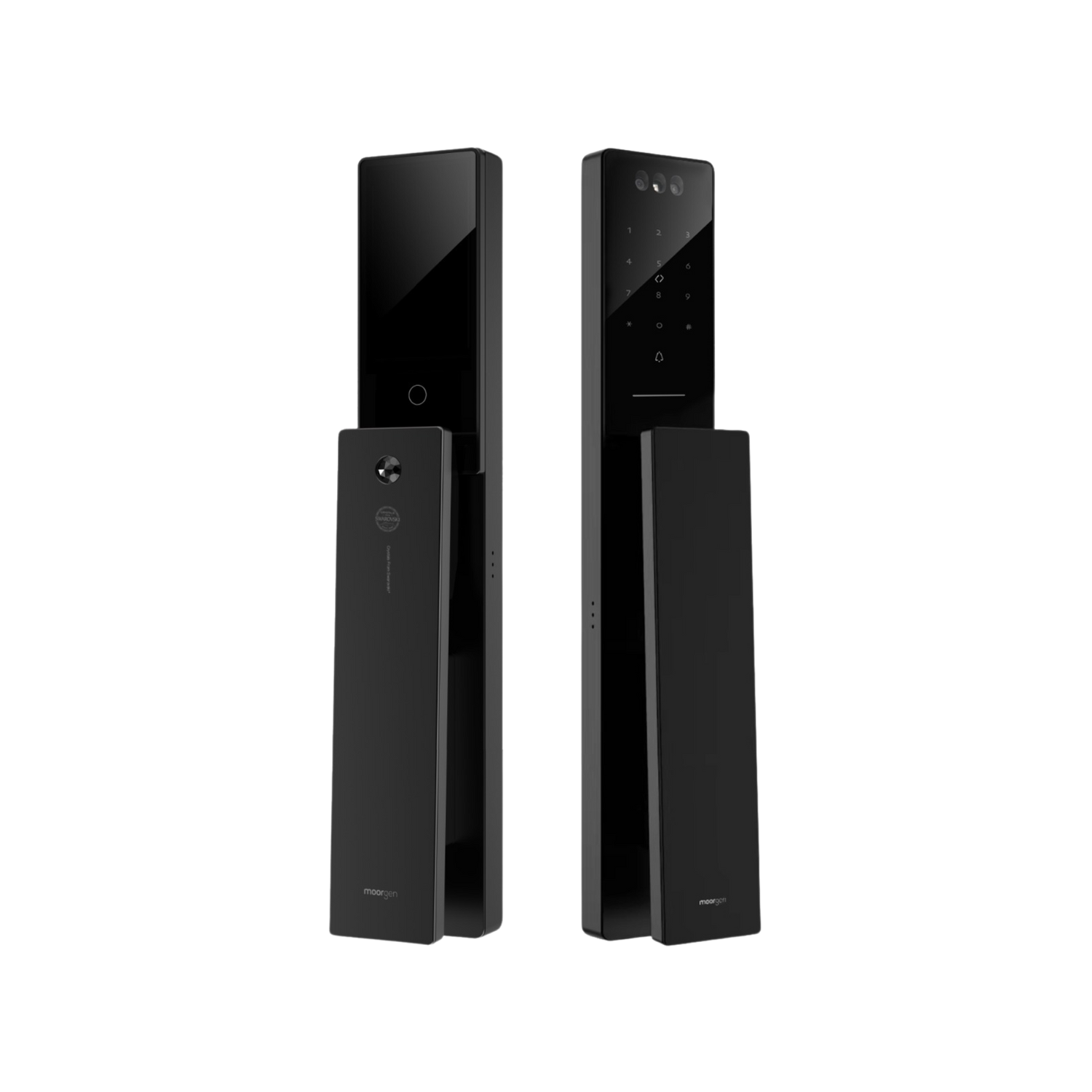


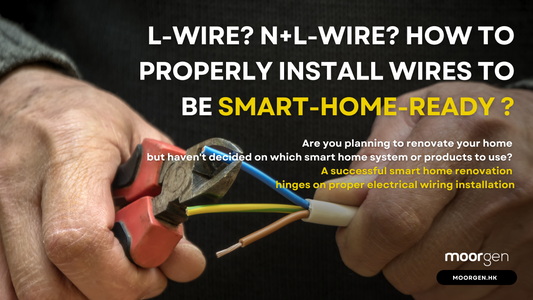



![[Smart Living] How to Choose a Smart Power Strip? Swift Transform Your Home into a Smart Home!](http://moorgen.hk/cdn/shop/articles/blog_cover_moorgen_how_to_choose_smart_power_strip.png?v=1728137093&width=533)
![[Smart Living] How to Choose LED Bulbs? Which Ones Are the Most Energy-Efficient?](http://moorgen.hk/cdn/shop/articles/blog_cover_moorgen_how_to_choose_led_bulbs.png?v=1728136975&width=533)
![[Smart Living] How to Choose an Instant Hot Water Dispenser and Use It Efficiently?](http://moorgen.hk/cdn/shop/articles/blog_cover_moorgen_how_to_choose_instant_hot_water_dispenser.png?v=1728136837&width=533)
![[Smart Living] 5 Energy-Saving Tips for Electric Kettles](http://moorgen.hk/cdn/shop/articles/blog_cover_moorgen_energy_saving_tips_electric_kettles.png?v=1728136710&width=533)
